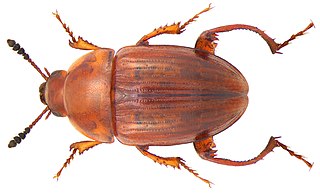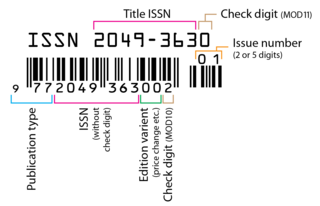Sciodrepoides is a genus of small carrion beetles in the family Leiodidae. There are about five described species in Sciodrepoides.

Leiodes is a genus of round fungus beetles in the family Leiodidae. There are at least 110 described species in Leiodes.

Anisotoma is a genus of round fungus beetles in the family Leiodidae. There are at least 20 described species in Anisotoma.
Mitostylus is a genus of broad-nosed weevils in the beetle family Curculionidae. There are about seven described species in Mitostylus.
Macrohydnobius is a genus of round fungus beetles in the family Leiodidae. There are about six described species in Macrohydnobius.
Pandeleteinus is a genus of broad-nosed weevils in the beetle family Curculionidae. There are about five described species in Pandeleteinus.
Hadrotes is a genus of large rove beetles in the family Staphylinidae. There are at least two described species in Hadrotes.
Peritaxia is a genus of broad-nosed weevils in the beetle family Curculionidae. There are about seven described species in Peritaxia.
Ulkeus is a genus of clown beetles in the family Histeridae. There are about six described species in Ulkeus.
Aglyptinus is a genus of round fungus beetles in the family Leiodidae. There are about five described species in Aglyptinus.
Yarmister is a genus of clown beetles in the family Histeridae. There are at least two described species in Yarmister.

Colenis is a genus of round fungus beetles in the family Leiodidae. There are about six described species in Colenis.
Prionochaeta is a genus of small carrion beetles in the family Leiodidae. There are at least two described species in Prionochaeta.

Gennadota is a genus of rove beetles in the family Staphylinidae. There are at least two described species in Gennadota.
Pseudopentarthrum is a genus of true weevils in the family of beetles known as Curculionidae. There are at least four described species in Pseudopentarthrum.
Hexarthrum is a genus of true weevils in the family of beetles known as Curculionidae. There are at least two described species in Hexarthrum.
Cylindrarctus is a genus of ant-loving beetles in the family Staphylinidae. There are about 10 described species in Cylindrarctus.
Platycholeus is a genus of small carrion beetles in the family Leiodidae. There are at least two described species in Platycholeus.
Triarthron is a genus of round fungus beetles in the family Leiodidae. There are at least two described species in Triarthron.







